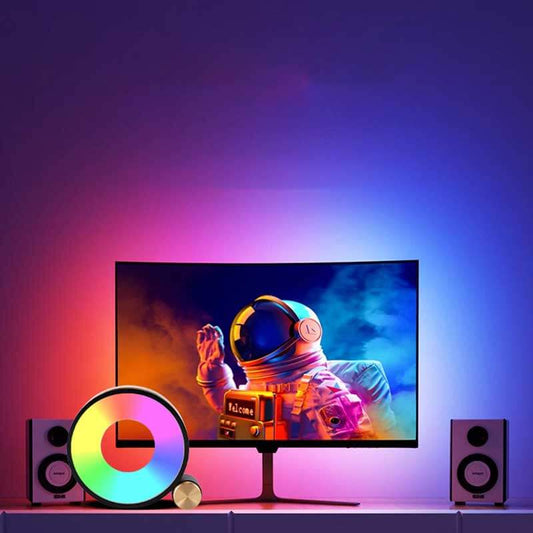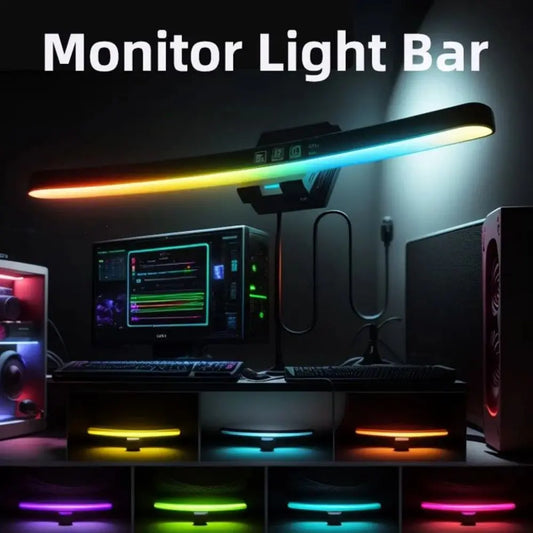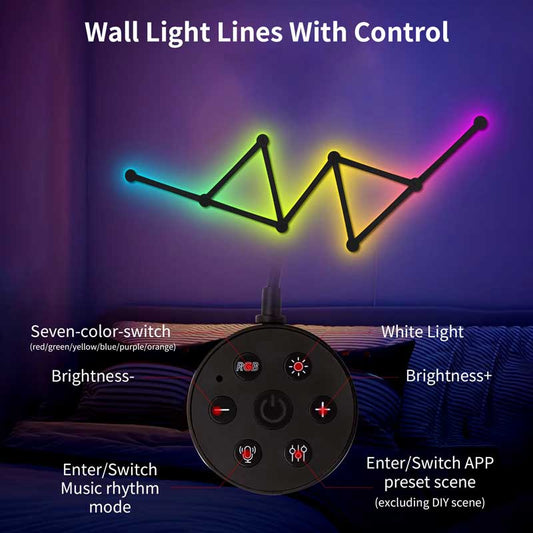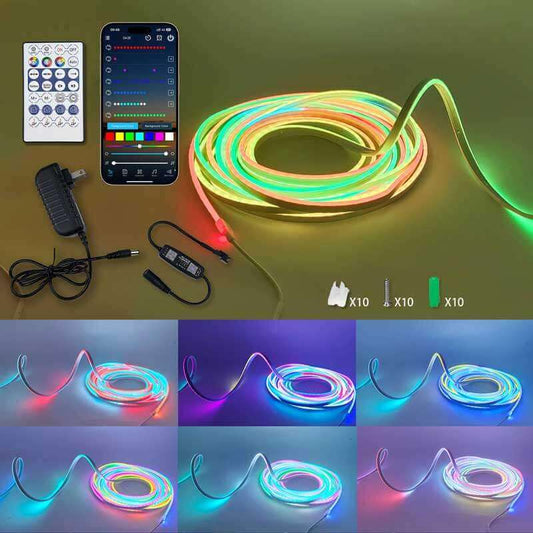How long is too long for Christmas lights?
Share
The length of time Christmas lights should be left on depends on various factors, including safety, energy consumption, and neighborhood etiquette. Here are some guidelines to help you determine how long is too long for your Christmas lights:
1. Safety Considerations
-
Overheating Risk: If Christmas lights are left on for extended periods, especially incandescent lights, there is a risk of them overheating, which could lead to a fire hazard. LED lights are generally safer, but they still need to be monitored.
- Recommendation: Avoid leaving lights on for more than 12–14 hours a day, and always follow the manufacturer's guidelines. If you’re using incandescent lights, try to limit the number of hours they’re on.
- Regular Checks: Ensure your lights are plugged into a properly rated extension cord and that all connections are secure. Avoid overloading circuits, as it could also lead to electrical problems.
2. Energy Consumption
-
LED Lights: These are far more energy-efficient than traditional incandescent lights. However, if you run a large display, leaving them on for too long can still lead to significant energy consumption.
- Recommendation: Use a timer to control when the lights turn on and off, helping to prevent them from running unnecessarily. You could also use motion sensors to activate lights only when people are present.
- Incandescent Lights: These lights consume more energy and can add up to a high electric bill if left on for extended periods. It's usually best to limit them to 6–8 hours per day.
3. Neighborhood Etiquette
-
Respecting Neighbors: In many neighborhoods, there is an unspoken rule that Christmas lights should be turned off by 10 or 11 PM. Some people might find it disturbing if bright lights shine all night.
- Recommendation: Consider turning off the lights by 10–11 PM to avoid disturbing your neighbors. Using a timer can help automate this process.
- Light Pollution: Excessive light can contribute to light pollution, affecting both your neighborhood and local wildlife. If the lights are causing too much glare, consider adjusting them or using dimmer switches or more focused light sources.
4. Holiday Atmosphere and Aesthetics
-
Setting the Mood: The goal of Christmas lighting is to create a festive atmosphere without overwhelming the space or making it look gaudy.
- Recommendation: Instead of leaving lights on all the time, consider leaving them on in the evening and turning them off at night. A good rule of thumb is to use your lights as an evening feature, typically from 5 PM to 10 PM or later if you're hosting gatherings.
5. Use of Timers and Smart Plugs
- Timers: These are a great way to control the on/off times for your lights automatically. Many digital timers offer customizable schedules, so you can set your lights to come on at sunset and turn off at a designated time.
- Smart Plugs: If you're using smart lights, you can schedule them to turn on and off through an app. This can help prevent them from staying on too long, especially when you're not home.
6. Recommended Light Hours for Christmas Lights
- General Rule: For safety, energy efficiency, and consideration of your neighbors, it's usually best to limit Christmas lights to no more than 12–14 hours a day.
- Late-Night Shining: If you prefer your lights to stay on late at night, consider turning them off by midnight, unless you’re hosting a special event. Some cities and municipalities have local ordinances regarding the use of Christmas lights after certain hours.
Conclusion:
While LED lights are energy-efficient and safer, it’s still important to be mindful of how long your Christmas lights are on, not only for energy conservation but also for safety and neighborhood etiquette. A good general rule is to use timers to turn your lights on in the evening and off by midnight or earlier, keeping your display festive without overburdening your power bills or disturbing neighbors.




